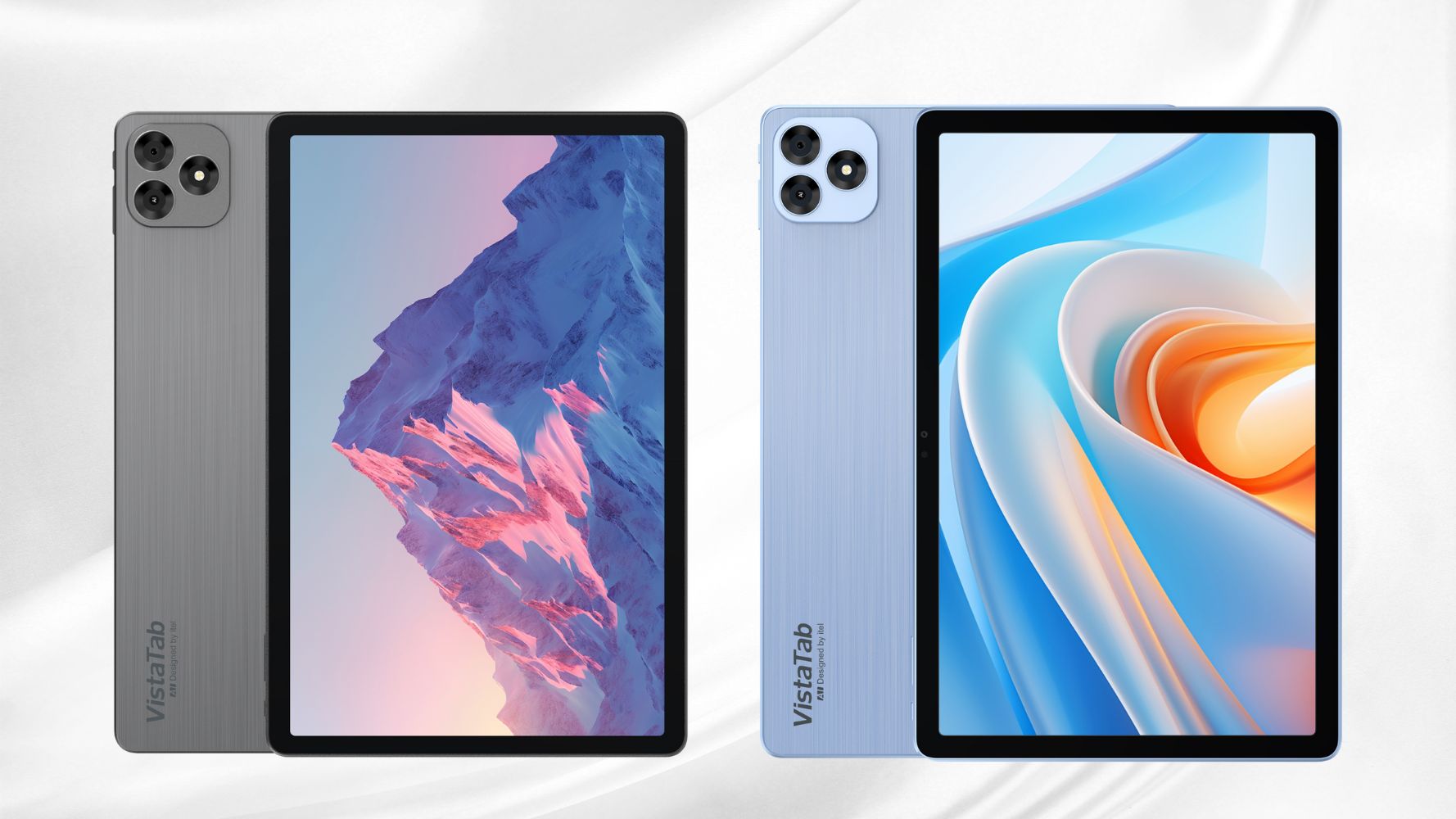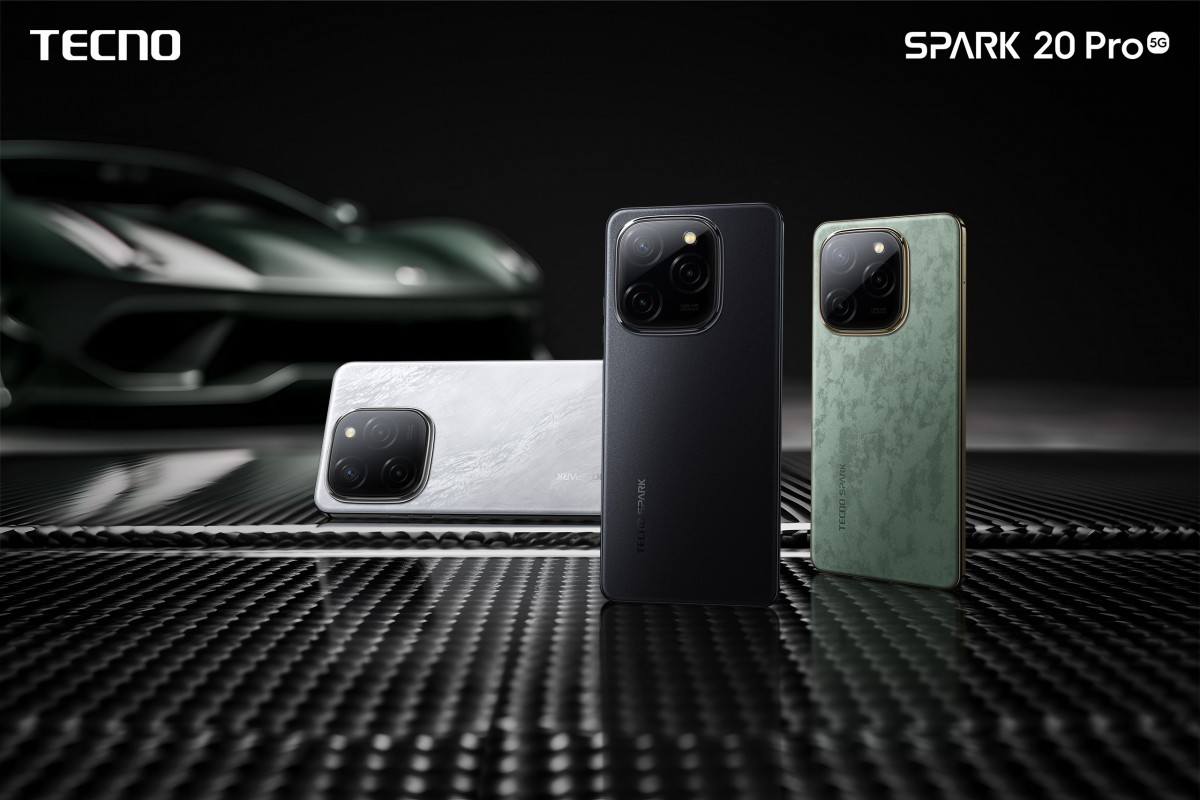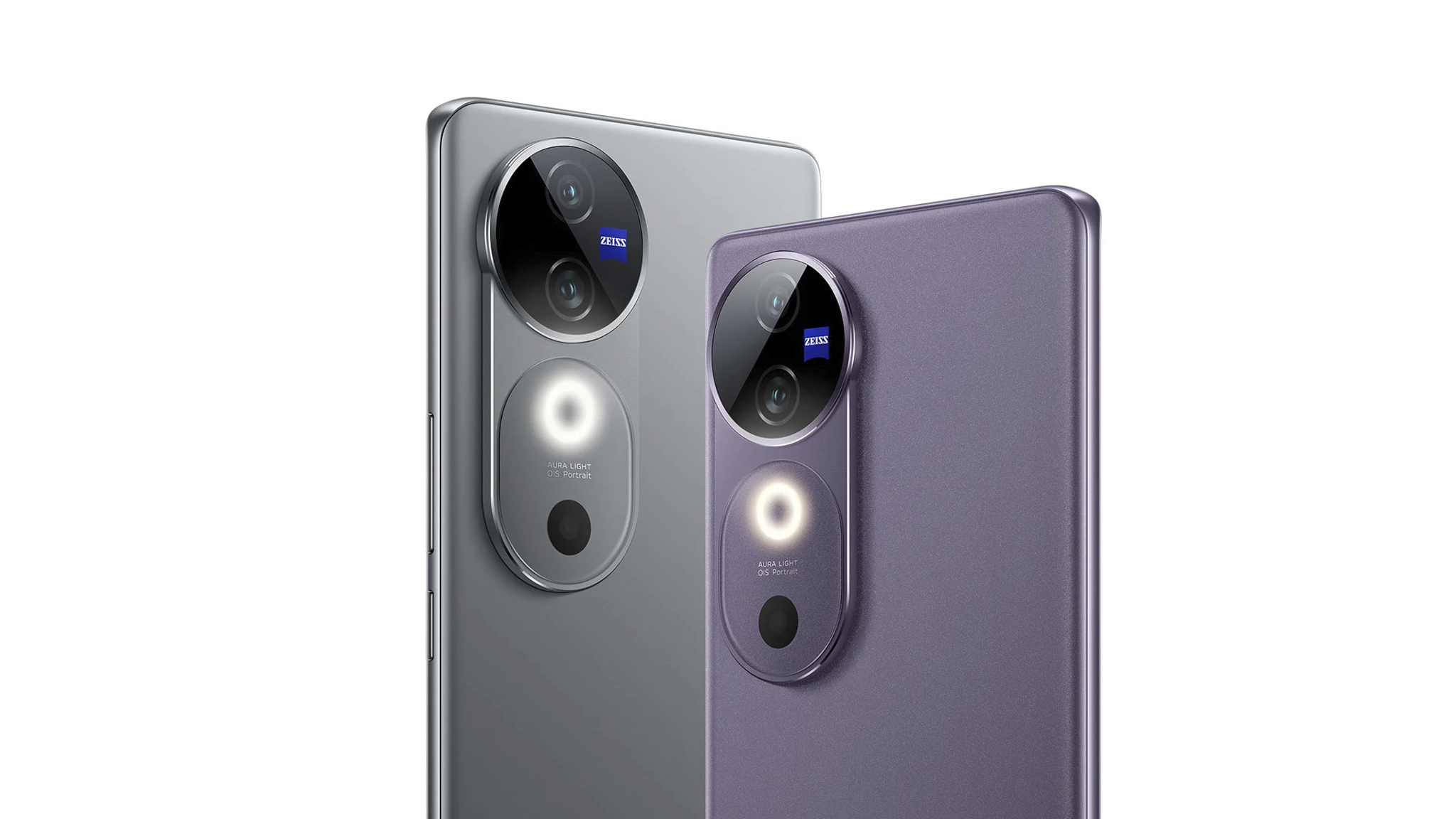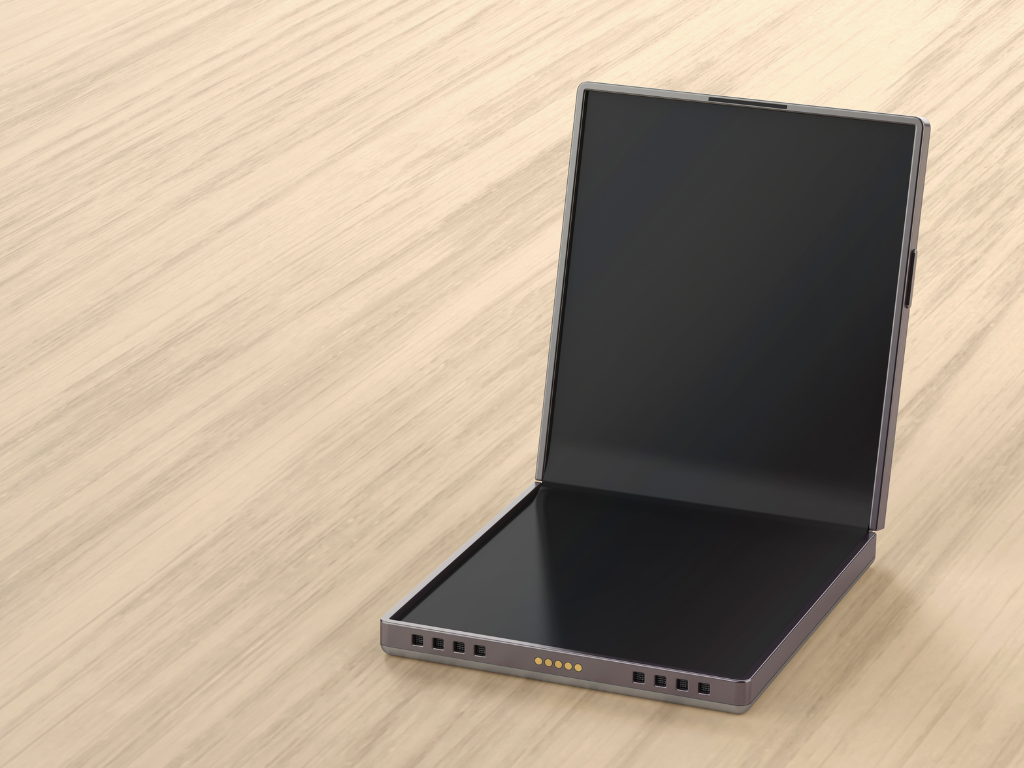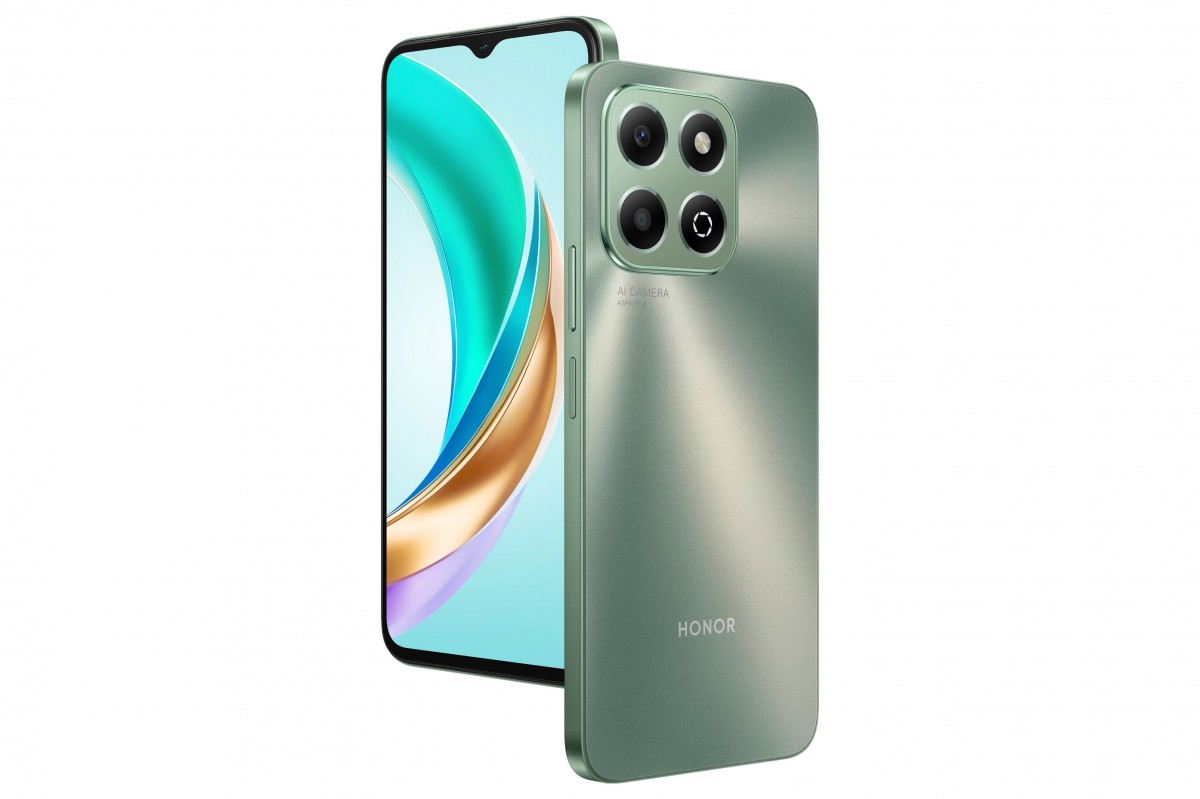Initial verdict: The ZenBook S 16 is among the more interesting new laptops ASUS announced at COMPUTEX 2024. Aside from being smart with its arsenal of AI features, it is one of the lightest and thinnest 16-inch laptops on the market today.
Pros
- Sleek and light for a 16-inch laptop
- Covers essential ports creators need
Cons
- AI features need to be tested for real-life use
- PH Pricing will be the biggest question
In its big COMPUTEX 2024 announcement where ASUS unveiled a bunch of new products, one of the highlights has to be the ZenBook S 16. Aside from being among the first laptops to use AMD’s Ryzen AI 300 processors, the ZenBook S 16 marks the second time that the line is getting a 16-inch model–the other one being the Pro 16X OLED. We got our hands on this new ZenBook at COMPUTEX 2024, and here’s our first impressions:
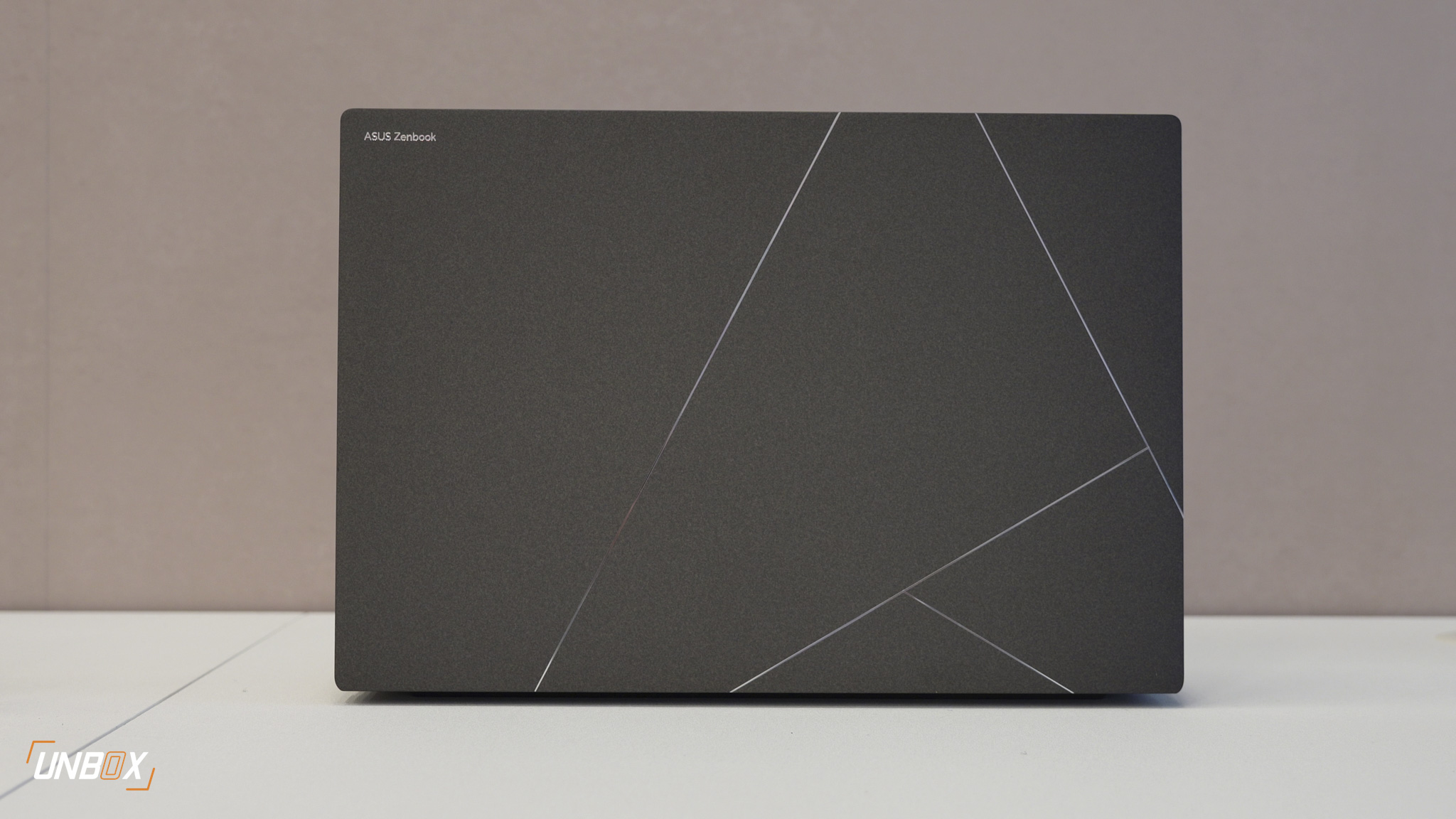
ASUS ZenBook S 16 Hands-On: Design
While you’d probably think that it’s a supersized S 13 OLED, the ZenBook S 16 uses a new material called Ceraluminum, which is a hybrid mix of ceramic and aluminum to keep it durable and light at 1.5kg or around 3.3 pounds. There are two color options to choose from: Zumaia Gray and Scandinavian White. Sorry, no Ponder Blue for the ZenBook S 16–at least for now.
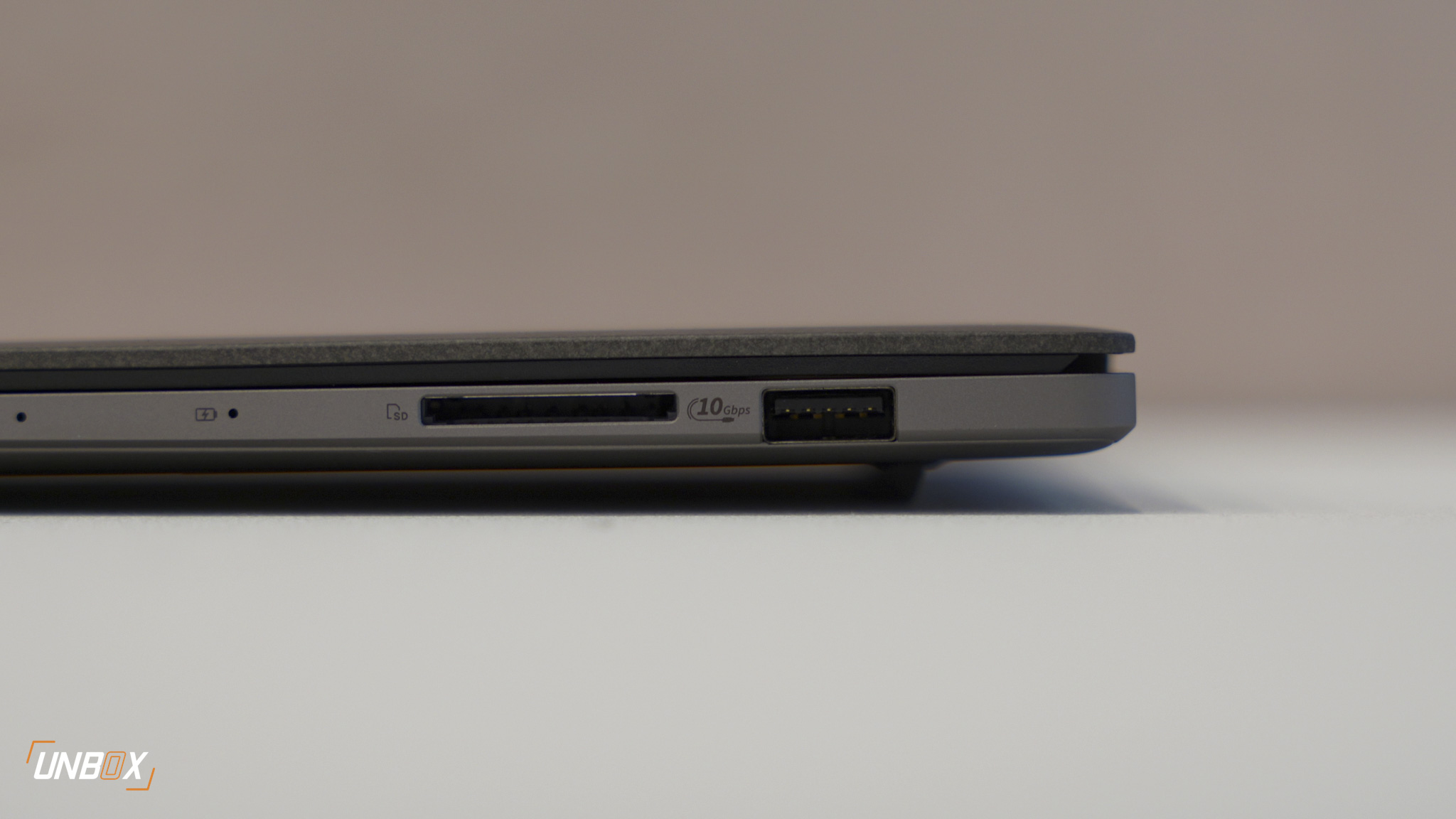
The ZenBook S 16 is slim at 1.1cm thick, but does not compromise with port selection: aside from two USB-C ports, you also get a USB-A port, HDMI port, and a full-sized SD card reader to the joy of content creators. Considering how thin the ZenBook S 16 is, we’re impressed at how ASUS managed to squeeze all of those ports with practically zero compromises.
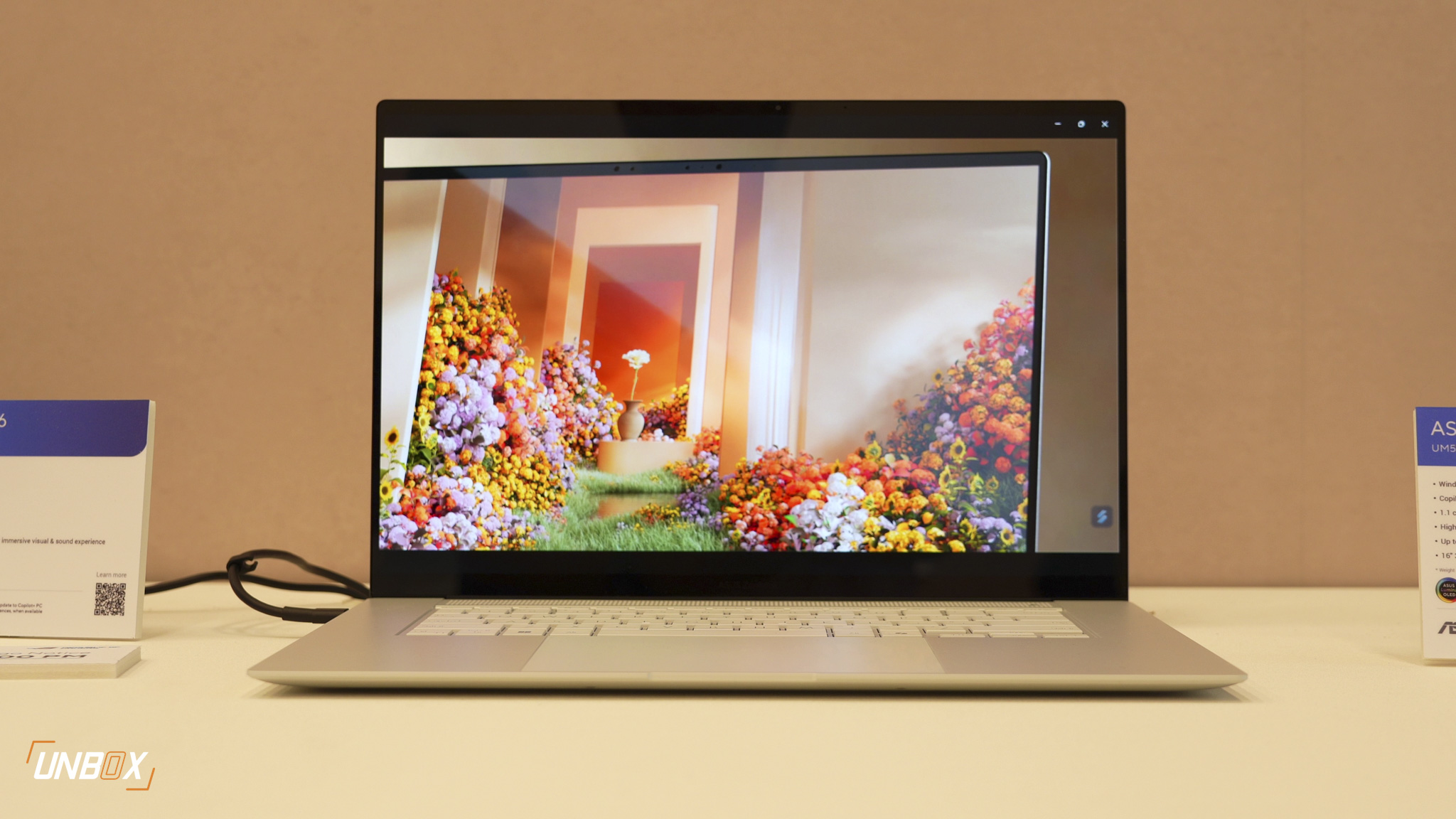
ASUS ZenBook S 16 Hands-On: Display and speakers
Like recent ZenBooks, you are getting ASUS’ Lumina OLED display with a 16:10 aspect ratio, a 3K resolution, and a 120hz refresh rate. It covers all the things creators expect for a professional laptop, and our initial impressions of the ZenBook S 16’s display reminded us of the Pro 16X OLED’s panel–with some of the difference being the added touchscreen functionality.
Since it has a larger frame, the ZenBook S 16 features a six-speaker system that supports Dolby Atmos. In a nutshell, the ZenBook S 16 is a great laptop for content creation and consumption.
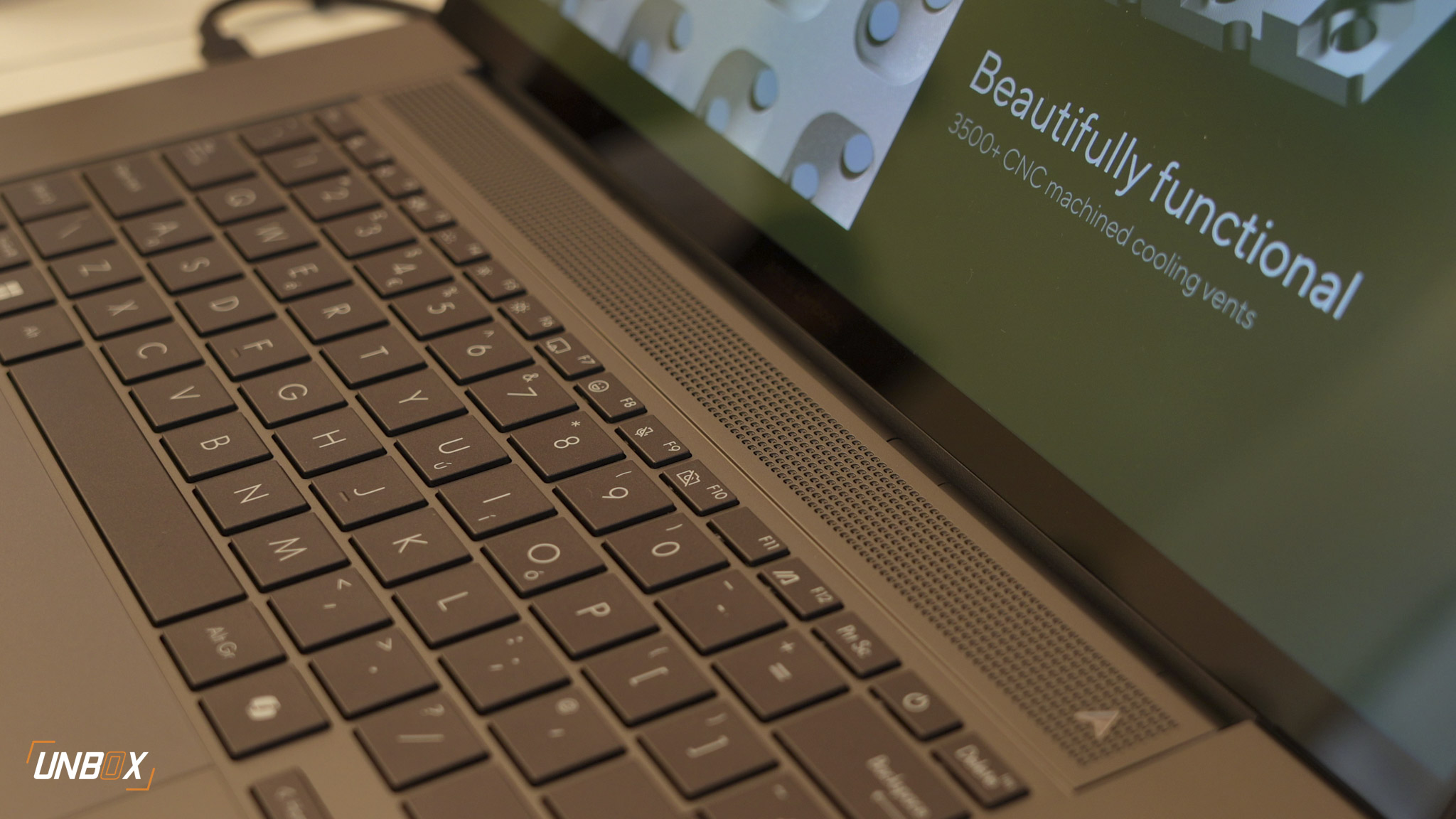
ASUS ZenBook S 16 Hands-On: Keyboard and Trackpad
Aside from looking like your usual 2024 ZenBook keyboard, the ZenBook S 16’s bigger footprint gives you front-facing speakers and a wider palm rest area to keep you comfortable with long typing sessions. The same goes for the trackpad, which is bigger than the one on the ZenBook Pro 16X OLED.
We only had a brief time with the ZenBook S 16, but we found the keyboard to be just as good as other ZenBook laptops.
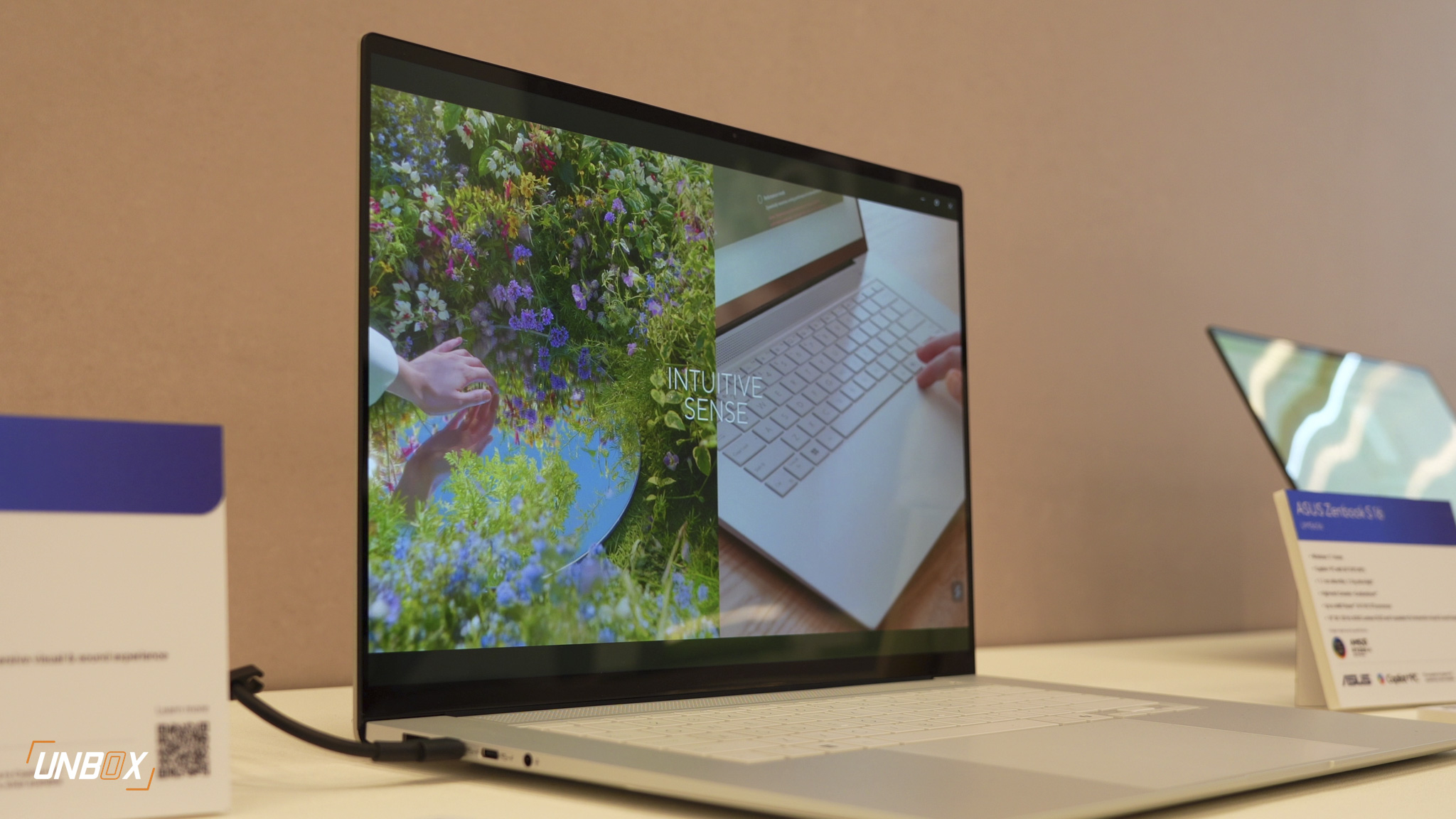
ASUS ZenBook S 16 Hands-On: Internals and Battery
Powering the ZenBook S 16 is a Ryzen AI 9 HX 370 with up to 32GB LPDDR5X RAM and 2TB PCIe 4.0 storage. Those are beefy internals fitting for a 16-inch laptop. Still, we’re more curious about the processor of choice: the Ryzen AI 9 HX 370 is part of AMD’s new AI-ready processors that are aimed towards Qualcomm’s Snapdragon X Elite and Apple’s M4. We still have to do benchmarks once we have a longer time with the ZenBook S 16, so we’re reserving our judgment for now.
The other big change is with the software, as the ZenBook S 16 is among the first batch of Microsoft’s Copilot+ AI PCs which is claimed to get you to do more stuff efficiently. While that may sound great on paper, we still have our doubts when it comes to real-life use. Some of the claims of Copilot+ include being able to do generative AI tasks without needing to connect to the internet–and those are some of the things we want to test out once we have a longer time with the ZenBook S 16.
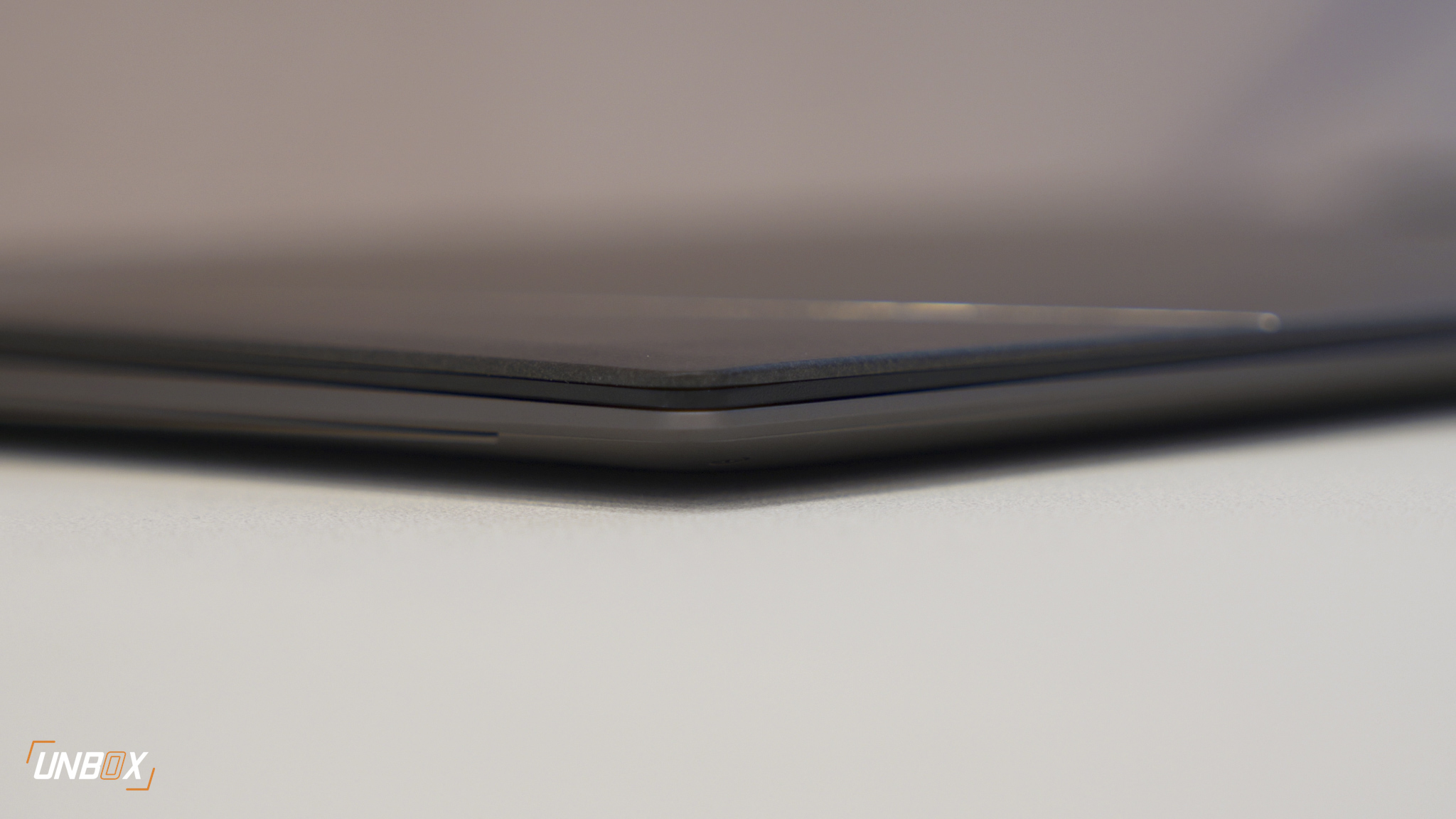
The ZenBook S 16’s slim chassis packs a 78wHr battery inside. While ASUS has yet to reveal battery life details, we’re expecting at least 8 hours of battery life–or even better–with the ZenBook S 16.
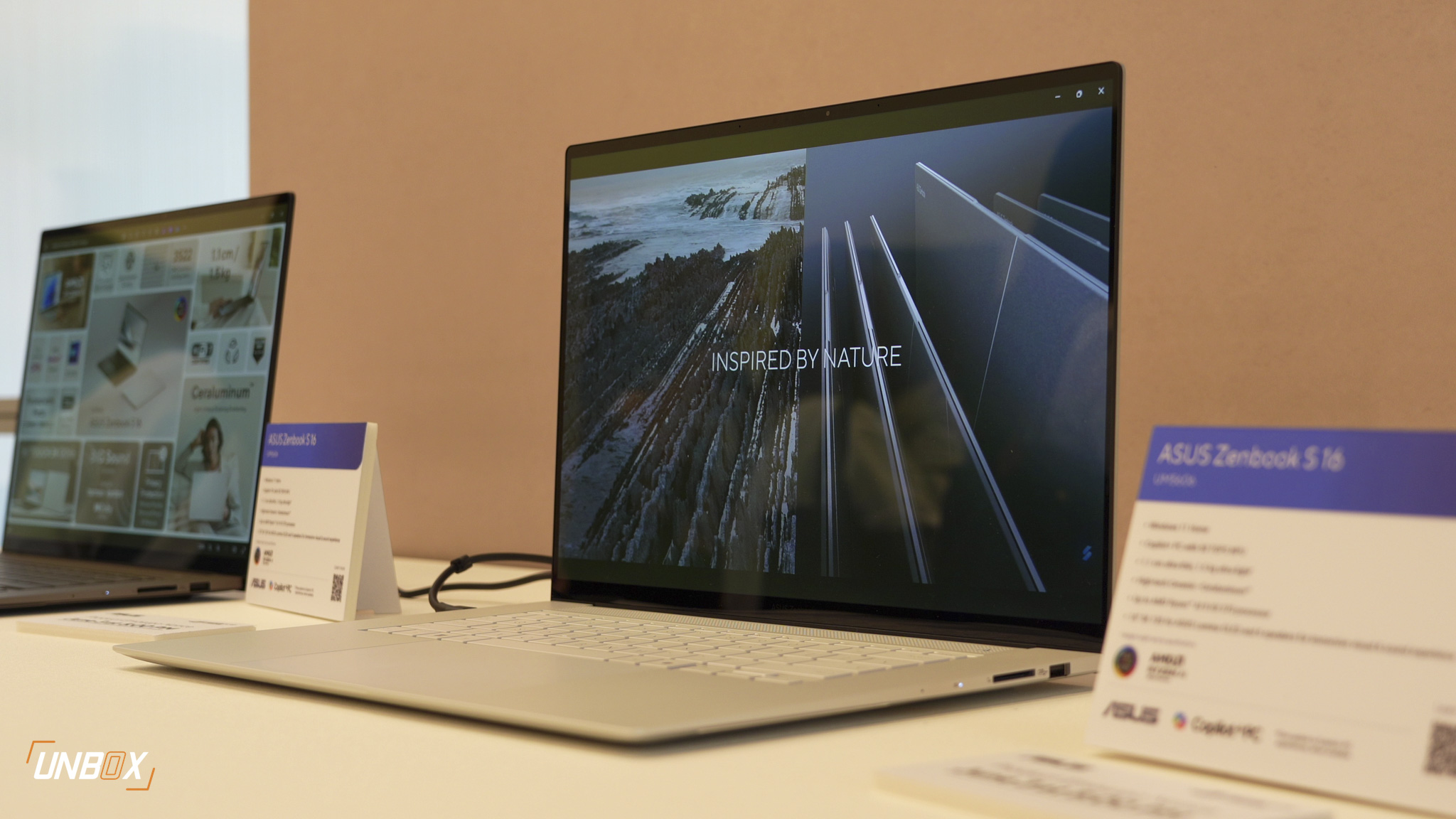
ASUS ZenBook S 16 Hands-On: Wrap-up and Initial Conclusions
While there’s no question that the ZenBook S 16 is one of the slimmest and lightest 16-inch laptops on the market, we’re unsure about its real-life performance and its implementation of AI workflows. Everything looks good on paper so far–but things may change when it comes to real-life use.
There’s also a concern regarding pricing: the starting price of the ZenBook S 16 is $1399 or around Php 83k converted–but that’s for the lower-end version with a Ryzen AI 9 365 processor, 24GB RAM, and 1 TB storage. We’ll not be surprised if the Ryzen AI 9 HX 370 hits the six-digit mark, but we hope ASUS gives it a competitive price once it arrives in the Philippines.


